If you haven’t read parts 1 and 2, you can read them at the links below.
Also, please be aware that this article includes Amazon affiliate links to products that I use and enjoy. If you see something you like, using these links will help support my work :)
I remember a time before cell phones. Notice I didn’t say smartphones, but rather cell phones. I grew up in a time when if you needed to get ahold of someone while you were out and about, you could go ask a neighbor, the school office, or a local business if you could use their phone — which was a physical landline — as long as it was a local call because long distance fees were expensive! Of course, pay phones were also a thing but I almost never remembered to bring quarters.
The Rise of Smartphones
Eventually we did get to a point in the early to mid 2000s where mobile phones became ubiquitous and most people had them, but those were simple devices that could make phone calls, send text messages using T9, act as a basic calculator, and maybe play snake… if you’re one of the cool kids. We even got cool gimmicks like the Motorola Razr (still the best phone of all time, IMHO) and the T-Mobile Sidekick; though if you wanted a full qwerty physical keyboard, AND to be taken seriously, you were looking at the Blackberry line. After the Razr I moved to a Blackberry Curve back before Verizon bought out Alltel, and it was glorious.
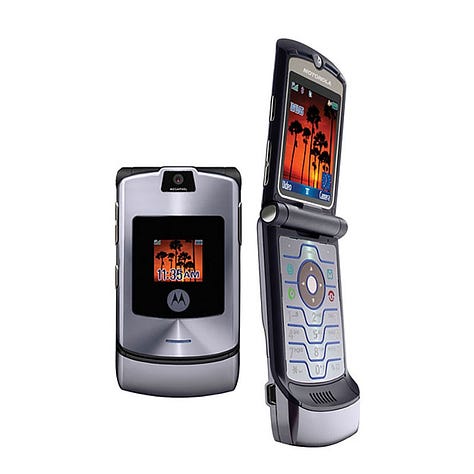
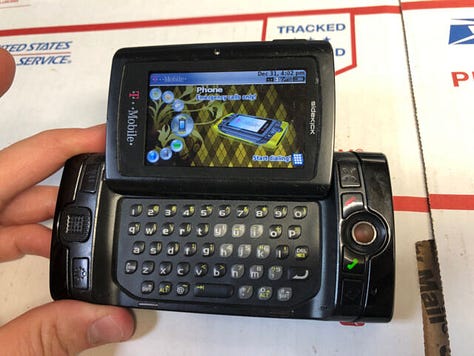
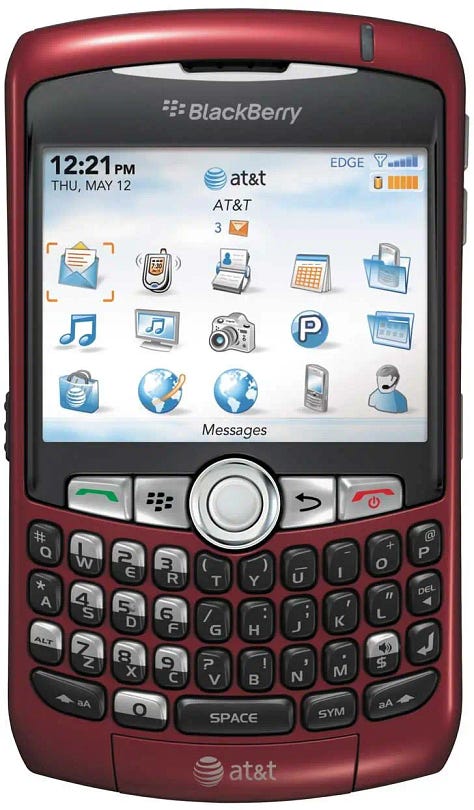
As established as the mobile scene was at that point, everything changed on January 9, 2007. On that day, Steve Jobs announced the first iPhone at Macworld in San Francisco, California. While there were technically “smartphones” before the iPhone, many of them were very PDA-like. Things like the Blackberry had physical keyboards and used a trackball to scroll around the screen, while many of the Pocket PC and Windows Mobile devices of the time used the same input methods and/or a stylus. Jobs emphasized the simplicity of the iPhone and how you could use your fingers to accurately navigate, type, and write on the screen. All on a device that would combine your phone, your iPod, and the internet into one.
Since then, many phone manufacturers have copied the iPhone concept. In many ways, they have improved upon it with various flagship Android phones, but these days smartphones are basically all the same with some having better cameras and chips than others. Most of us use them for the same kind of things — calling, messaging, social media, streaming entertainment, and maybe some work/email — and we could probably easily jump between iPhone and Android without much issue at all. However, this homogeneity has helped to develop a culture of over reliance on our devices.
Our workflows have changed so much that for many, their phone — much like how Jobs envisioned the iMac back in 1998 — is the center of their digital life, whether they would acknowledge it or not. Think about it. What do we use our phones for? Calling and texting? Sure. Taking photos? You’d better if you’re going to drop $1000+ for a phone with that good of a camera. Note-taking? Most likely. I actually do most of my prep and show notes for the podcasts in my iPhone and iPad Notes app. I use Simplenote for notes when I’m hopping between operating systems and don’t want to have to sign into the iCloud website. What about web browsing? Well, that is a central feature of the smartphone, and always has been. According to some sources, more than 60% of Google searches come through mobile browsers and apps.
We watch TV shows and movies, listen to music, consume content through video apps like YouTube, Rumble, Odysee, TikTok and more. As of last year (2022) the average American mobile user spent an average of 3 hours and 19 minutes a day on their phones. 2 hours and 12 minutes of that time was spent of on social media apps1. Now, of course, we know how averages work. That means that some people are hardly on their phones at all, but that also means that some people are on theirs for WAY longer. Next time you go out, don’t use your phone and just watch how many people around you are hyper focused on that little glass rectangle in their hand. Don’t even take your phone with you when you go run a few errands, and see just how often you reach for it. I think you’ll be surprised by what you find… I know I was.
As our world becomes increasingly connected and civilization drags us kicking and screaming into a future where big tech companies, big data firms, behavioral marketing algorithms, and government intelligence agencies work together to pin down exactly what makes us tick, one of the best things we can do is loosen the rope that we have slowly tightened around our own necks. How do we do this? Well, in part 2 of this series, we discussed steps we can take to freeing ourselves on the desktop (and laptop). In this article, I want us to look at how we use our mobile tech and what kinds of things we can do to take back the power and control over our own digital lives.
What Classifies as Mobile?
So, to begin, I thought it might be helpful to define our terms. What is a mobile device? To me, a cellphone is a mobile device. A tablet is a mobile device. eReaders? Well, those are basically tablets with a dedicated purpose, so yes. Portable game consoles are mobile devices. What about things like smartwatches, augmented reality glasses? Technically those would be classified as wearables, but for the sake of argument we can count them too, though I don’t think there’s much to talk about there. Now, while a laptop IS a mobile device, I think I’m in the majority with those who do not consider it a mobile device. It is a portable computer, but it is functionally a desktop computing solution, so we will not be including them here. For more on laptops, check out part 2 of this series.
6 Steps to Mobile Liberation
For the remainder of this article, we will look at and consider some technical alternatives to our current workflows, but I will also recommend some more — what some might call — unorthodox ideas as well. Things like, giving up mobile tech all together and reserving your mobile computing habits to dedicated time at a desktop or laptop. I understand this may seem extreme to some people, and it’s something that I am still working on. In the end I think it might just be the best thing for our physical, mental, emotional, and spiritual well-being. With that disclaimer out of the way, let’s get into it.
1. Basic Communication
What is a phone? A miserable little means of communication?
If you got that, you’re a real one, and I award you 10 points. But in all seriousness, what is a phone if not a device to make and receive phone calls. Of course, in the age of cell phones, text messaging has become another fundamental method of communication and I would argue that newer forms of messaging have become equally important. Apps like Signal, Telegram, iMessage, and WhatsApp have brought new messaging formats and features to everyday users, including their most important feature: end-to-end encryption, or E2EE.
One great step to preparing your exit strategy might be to do what I am doing, and that is stupefying your smartphone. Now some people online talk about taking off everything except for the phone, messaging, and calculator apps, and you could go that route if you want. For me, I’m starting small. I’ve removed all social media apps (except for Locals for certain podcasts that are exclusive to that app), and all time-wasting apps like YouTube, Netflix, Disney Plus, etc. I don’t have any games, granted I’m not really a fan of mobile games anyway. I’ve started using my old iPod Classic more often for music and podcasts, and I removed distractions like news apps and the like.
I still have my work email and our ticketing software on there, but they are on their own dedicated home screen and I only use those during working hours when I’m on the go. It’s kind of like using a PDA, but for the most part my iPhone has become a pretty basic communication device with a fancy camera and a calculator. I’m even trying to minimize the amount of time I spend in the web browser by copying the URL of articles I want to read or that people share with me, and pasting them into my notes app so I can revisit them when I sit down at my computer.
2. Working on the Go
As mentioned above, this can be a little tricky depending on your job. If you’re working somewhere where you are expected to respond to emails and such at just about all times, then you’re probably going to need to have this kind of stuff on your phone. I have Teams, Outlook, and our ticketing software all together on a dedicated home screen, so it’s logically separated from my personal apps. What would be better, however, is having a work-issued device to have REAL physical separation.
With that said, if your job doesn’t require that of you, then get it out of there! Devote time and space for email, conferencing, team chats, document signing, and work order management to your workstation time. For example, I am trying to get away from relying on the mobile ticketing app when I’m out and about. Over the last few months, I have been building a habit of carving out time at my workstation to take my work orders and lay them out in a spreadsheet. I color code my work orders based on status and what is going on with them, and I print them out. So yes, I am the tech guy at work who prints out his work orders on real paper and carries around a clipboard, making notes as he goes. Does it take a bit longer? Yes, and that’s annoying. Do I have a better running knowledge of what is going on with all of my tickets? Heck yes, I do. Can anyone else tell you the exact status of your work order without opening the software? Maybe, but not many methinks.
My job also doesn’t really require me to be in constant email contact so that’s something else I’ve mostly relegated to when I’m at my desk. Same with conferencing and the like. Again, this will really vary depending on your job requirements, but if you can make the change, it will make for a softer landing if you do choose to exit this arena.
3. Note-Taking
Since moving over to the Apple-life, I’ve made extensive use of the Notes app on both macOS and iOS. It’s a pretty decent way to take notes and organize your thoughts, but as with everything else we’ve been talking about, it’s designed to keep you locked in. The only way to access Apple Notes outside of the Apple ecosystem is using the iCloud web app. It works, but it’s not really a pleasant experience. In fact, none of the iWork-type apps run great in the browser. As I see it, there are a few options I have here.
Simplenote
Simplenote is a solid choice for casual notetaking. It’s got a clean interface. It’s available on Windows, Mac, and Linux (I’m pretty sure it’s an electron app). It’s got mobile apps for iOS, iPadOS, and Android as well as a web app. It also gives you the option to take your notes in markdown which is a big plus. It’s not as robust or feature-rich as Apple Notes but it’s a solid choice.
Before switching to iPhone and macOS, I used Simplenote and I used it a lot. It made it really easy to quickly sync my notes between all of the different operating systems and devices I had. However, as good as it was, it’s still plugged into the big tech world. It’s owned by Automattic who owns Wordpress, Tumblr, Pocket Casts, and more. While the application is free software (licensed under the GPL-v2), the server side — you know, where all of your data is being stored — is proprietary; and who knows what is happening to it there. Is that a deal breaker? Not necessarily, but if our goal is to prepare ourselves to jettison for a more independent life, then it’s something to consider.
Joplin
I used Joplin for a few months a few years ago and then stopped. It wasn’t bad software, or a bad experience in any way. I just stopped. I don’t even really remember why. But what is it? Joplin is a pretty amazing little open source project for taking notes. It’s more feature-complete than Simplenote — more akin to what you’d get with Apple Notes or Evernote — with things like in-line photos, videos, PDFs, tables, and the like. It gives you the option to customize your experience with plugins and has markdown support. And of utmost importance, it syncs between your desktop and mobile devices using its Android or iOS app. My only problem with it right now is that the app doesn’t work with any version of macOS older than Yosemite (e.g. Mavericks and older), and those are the ones I really like using today.
What makes it a bit more complicated is that you have to setup the encryption keys and cloud syncing yourself. The benefits of this, however, are that you are in control of it. You have the keys, and you can choose the cloud service you want since it just creates a directory in it. So if you’re hosting your own NextCloud instance, you’ve got full control of your notes from top to bottom. If you’ve got a paid subscription to something like Dropbox or OneDrive, just point Joplin to that.
The downside here is for Apple users. From what I can tell, there is no support to sync Joplin with iCloud so if you pay for iCloud storage, that won’t work. In that case, you’re going to have to use something else to get your notes on your iPhone or iPad. It’s not the end of the world, but it would be nice to just use what I’m already paying for.
A Pen and Notepad

Of course, if you really want to stick it to the man and reclaim your freedom, ditch digital note taking all together and pick up that dusty old pen and paper! In addition to freeing yourself from over dependence on your phone, studies234 have shown that taking notes by hand have multiple benefits including:
Forcing you to mentally process and summarize information, which in turn
Leads to increased cognitive retention of information leading to
Improved recollection of that information
While I still use note taking apps for show prep — though I have done a few episodes from handwritten notes — and for saving websites for later review, I’ve switched to physical note taking in most instances in my personal and professional life. It’s been so long since I did this, my hand hurt quite quickly when I first started, but at this point the cramps have passed and it’s like second nature again.
4. Social media
Do yourself a favor and just stop using social media. Seriously. This isn’t just my typical anti-social media rant, it’s legitimately bad for you. I’ll cover this more in depth in a later article, but the negative impacts of social media are finally really being examined and it’s just not good for us as a species.
However, if you have to use it, or you just want to, take the step to limit social media use to the time you’re at your computer. You’re less likely to just sit or stand there endlessly scrolling if you’re tethered to a wall or will have to carry around a laptop that’s heavier and more cumbersome than a phone. Maybe set web filters in place to limit the amount of time you can spend on those sites. Maybe even carve out and schedule a block of time, say 30 minutes, that will be your social media time. Go on, check your notifications, post your updates, message who you need to message, then sign out. It sounds weird in 2023, but that 1998 way of doing it really does help.
5. Games and streaming
I’m the oddball who still prefers physical media. I don’t watch a lot of TV or movies but when I do, I usually watch Blu Rays and DVDs; heck I still watch my VHS tapes from time to time. Sure, I stream things like Ahsoka and the Mandalorian when the new episodes drop, but to me that’s more like the old broadcast TV way of viewing and I just watch those on the TV at home — not on my phone. That said, I’m also in the minority on all of those fronts, but I think I still have some good ideas on how the majority can break free of their phone addiction when it comes to games and streaming.
First of all, move to watching your shows and movies on your TV. Rokus, Apple TVs, Chromecasts, and Fire Sticks are nearly ubiquitous today and the streaming apps are available on all of them. Doing this goes back to the idea I’ve touched on several times of dedicating time to the task of being entertained. It gives entertainment a place and a home where it belongs rather than letting it tag along with you wherever you go.
Don’t have a TV in your house or apartment? No worries, I’ve been there before. My wife and our kids lived without a TV for about 10 years or so and it’s not like we didn’t find ways to watch shows and movies. Many streaming services will let you download stuff to your computer or mobile device for watching offline. A laptop or desktop would probably be better — again, for dedicating time to it — but if you can’t do that and you have a tablet, maybe use that as a dedicated reader and media device.
If you like mobile gaming, I’ll pray for you. I’m just kidding, but I do have serious qualms with mobile games. They are built to keep you engaged as much as possible and are just limited enough to try to get you to part with a few dollars here and there to improve the experience and to help you advance. Is that predatory? I’d say if it’s not, it’s crop dusting it.
In addition, most mobile games kind of suck. Not all, but most. Enter the world of game emulation! If you have an Android phone it’s super easy to get started with emulators. Apple, on the other hand, kicked all of the emulators out of the App Store so that’s unfortunate. Also, if we’re aiming to untether from our smartphones, then maybe smartphone game emulation isn’t the best route to go.
I personally prefer using my laptop for emulation with a Bluetooth controller — my preferred is the SN30 Pro Plus 2 from 8BitDo — but the controls can be mapped to your preferred keyboard layout if you want. This can obliviously work for your desktop as well, but I like using a laptop so I can hang out with my wife while she’s sewing or playing a game on the TV and not have to be at my desk in the other room.
Still, even though emulation on the computer is great, I prefer to have a dedicated handheld device. Here you have some solid options. First, if you still have your old handhelds, go dig them out of storage! In my collection I have my original Game Boy Color, a Nintendo DS Lite which can play both DS and Game Boy Advanced games, an original Nintendo 3DS that the kiddos typically use, and a New Nintendo 2DS XL.
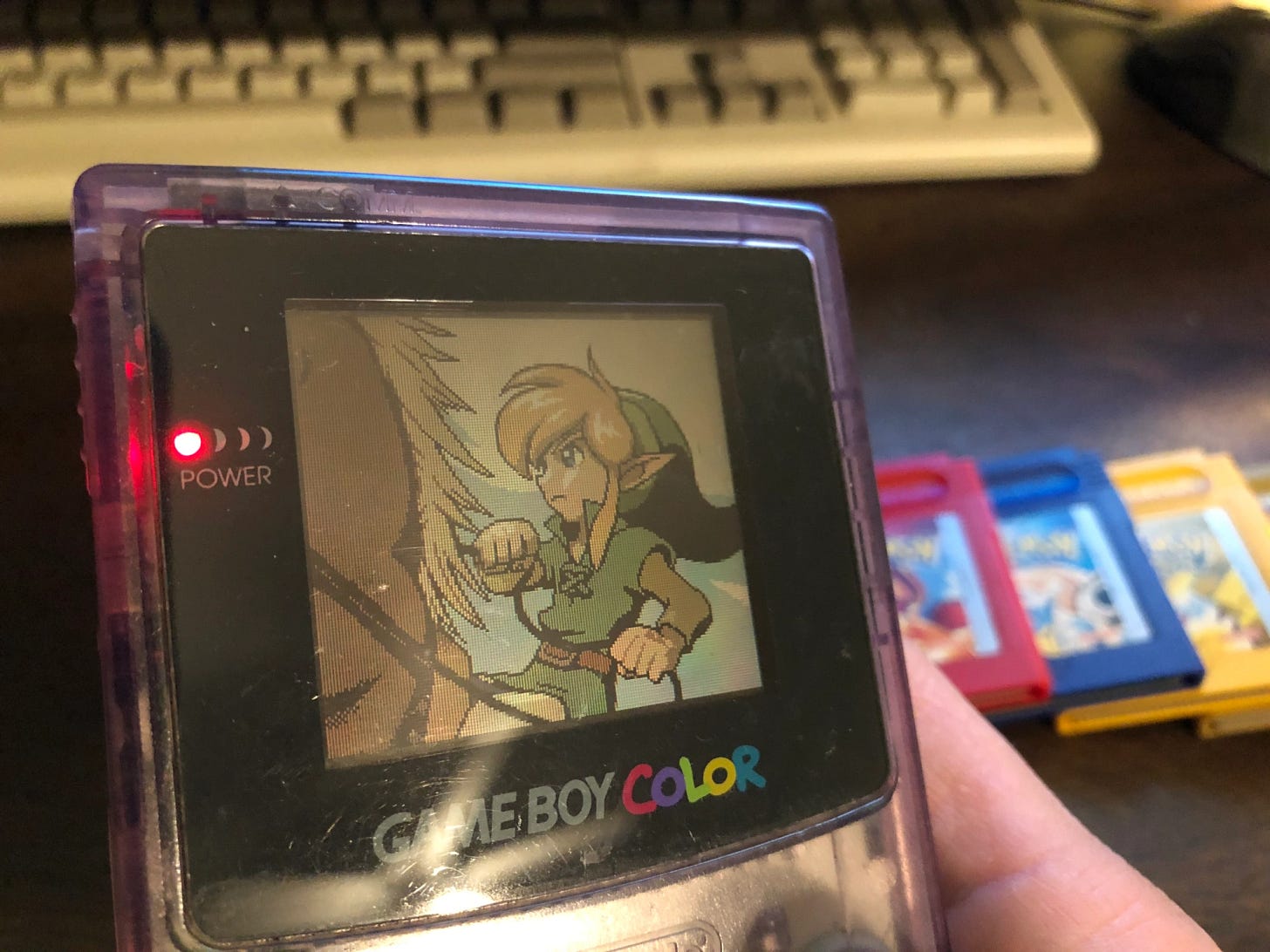
For the GBC I have a handful of games from when I was a kid; the first and second generation Pokémon games, the Legend of Zelda: Oracle of Seasons, Final Fantasy Legend III, and Tetris. I’ve thought about getting an EverDrive flash cartridge to load ROMs onto but haven’t pulled the trigger on it.
If retro hardware isn’t your thing, you could always try hacking your 3DS or New 3DS system. I did this with my New 2DS XL so in addition to the 3DS and Virtual Console games I purchased, I’m able to play a lot of the older games I used to play through emulation. Consoles these handhelds can emulate include everything from the Atari 2600 up to the PS1 and the Nintendo 64, though those game’s experience really varies by title. For example, Super Mario 64 plays quite well through DaedalusX64 but Goldeneye chugs… and don’t even bother trying to play Super Smash Bros unless you like games that run at about 1 FPS.
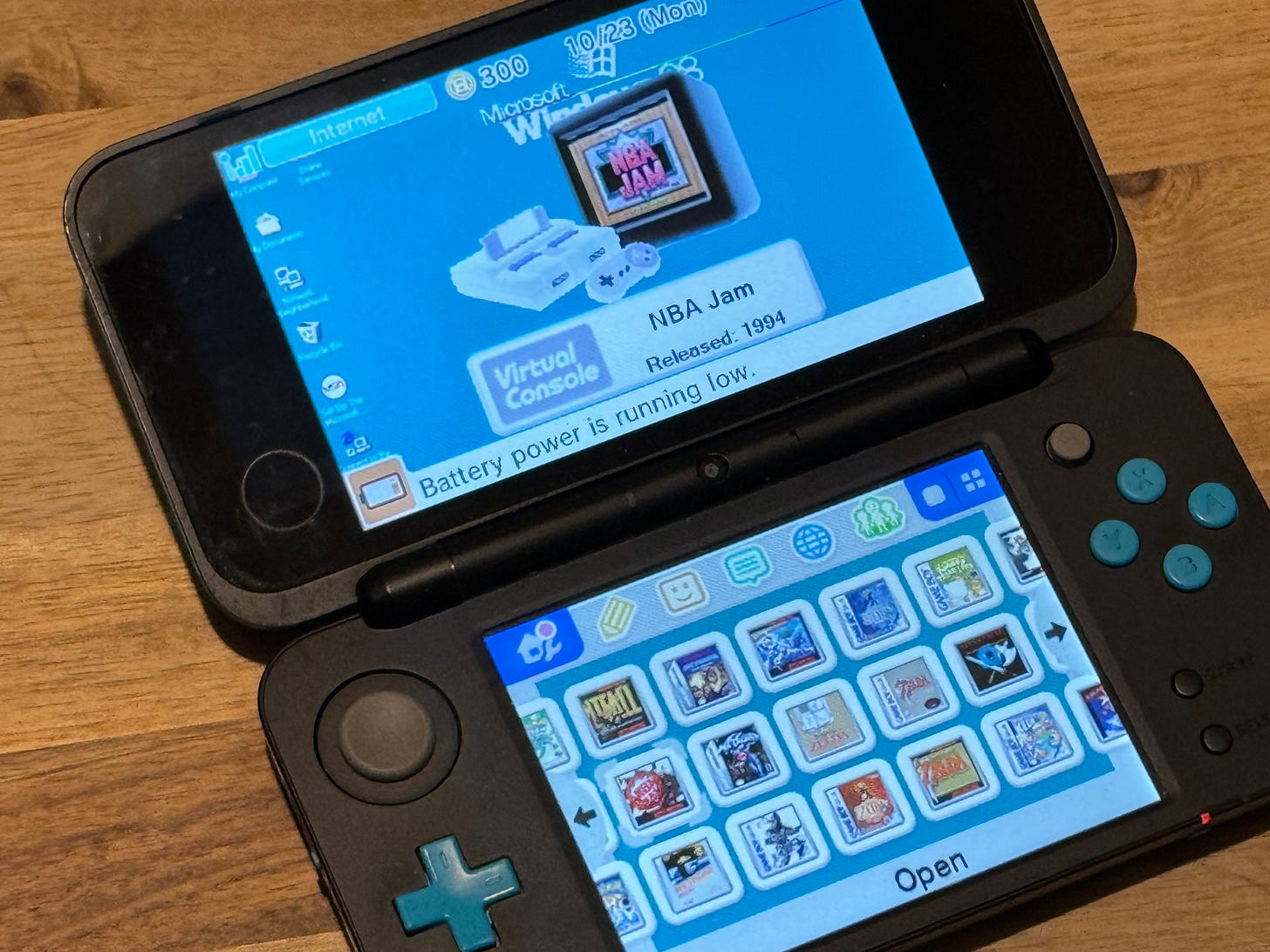
But hacking a console is probably more involved than the average person would feel comfortable with, and with the prices of retro games the way they are right now, it might price out others. Well, thankfully, there is no shortage of new Linux-based emulation devices out there now. Now, to be completely honest, I’ve not tried any of these. I have more than enough old consoles and computers that retro gaming and computer-based emulation is the route I always go, but these new devices look pretty sharp. Especially this Game Boy inspired unit from Anbernic. I’m tempted to get one of these in the woodgrain shell.
6. Reading and Browsing
Now this might just be me, but I don’t know how much reading the average person is doing on their phone. By that I mean just sitting there reading for the sake of reading a book or an article. A tablet or eReader would be more suited to that task. Of course, we use our phones to read things when we’re looking for answers to a question or a problem, but that’s different.
For the readers among us, you have a few different options. As already mentioned, a tablet or eReader would be a great choice. In fact, this is one great use case for digging out that ancient iPad that’s been collecting dust for years. While I like the iPads for this, I personally really like e-ink devices like the Kindle from Amazon and the old Nook from Barnes and Noble… I miss my Nook, that thing was great.
Of course, you can always go physical. Print off those articles you’re wanting to read or pick up that paperback copy of the eBook you were planning to get. Just don’t let the environmental crowd catch wind of it.
Final Thoughts
As much as I would love to see a return to the days of the flip phone or the Nokia 3310 types of phones, that ship has sailed. Sure there is a movement of people, young and old, returning to these older ways of doing things, but for the general consumer pandora’s box has been opened. However, we don’t have to go along with what the technological futurists have planned for us. We can still choose to unplug and touch grass. We can choose to take control of our digital lives and create a better future for us and our children.
Smartphone usage stats: How mobile users spend their time - https://www.insiderintelligence.com/insights/mobile-users-smartphone-usage/
The Pen Is Mightier Than the Keyboard: Advantages of Longhand Over Laptop Note Taking - https://journals.sagepub.com/doi/abs/10.1177/0956797614524581
Take Notes by Hand for Better Long-Term Comprehension - https://www.psychologicalscience.org/news/releases/take-notes-by-hand-for-better-long-term-comprehension.html
The Benefits of Hand-written Versus Digital Notetaking in College Lectures -
https://commons.lib.jmu.edu/cgi/viewcontent.cgi?article=1056&context=lexia#:~:text=Taking%20notes%20longhand%20allows%20for,it%20into%20their%20own%20words.

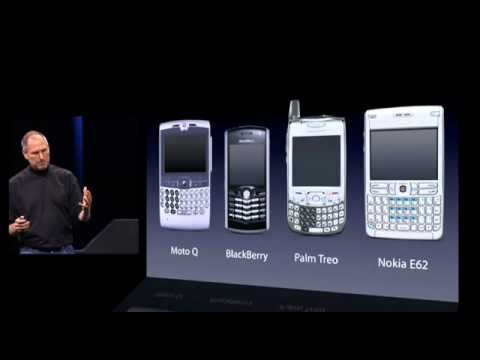


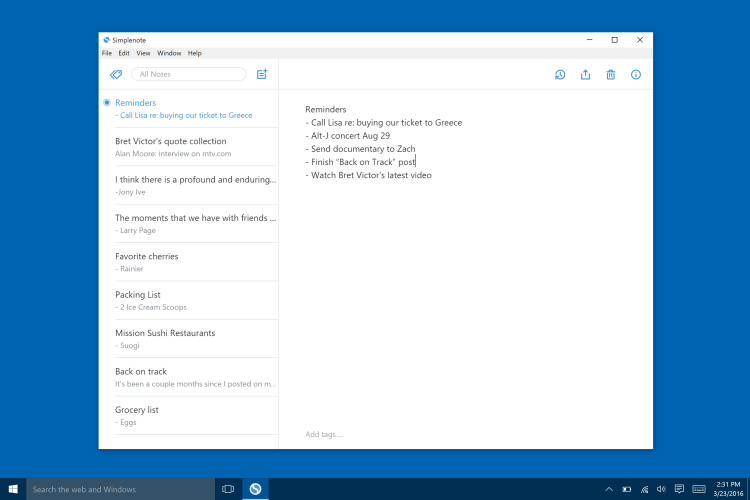




I love the look and feel of a paper notebook and I do retain more knowledge by writing but my handwriting has grown worse because I type more and write less. I'm so out of the habit that my hand and wrist hurt after just a few minutes of writing. This article has inspired me to get back into writing regularly, however, and pray that my handwriting, hand and wrist muscles see improvement along with my cognitive capacity!